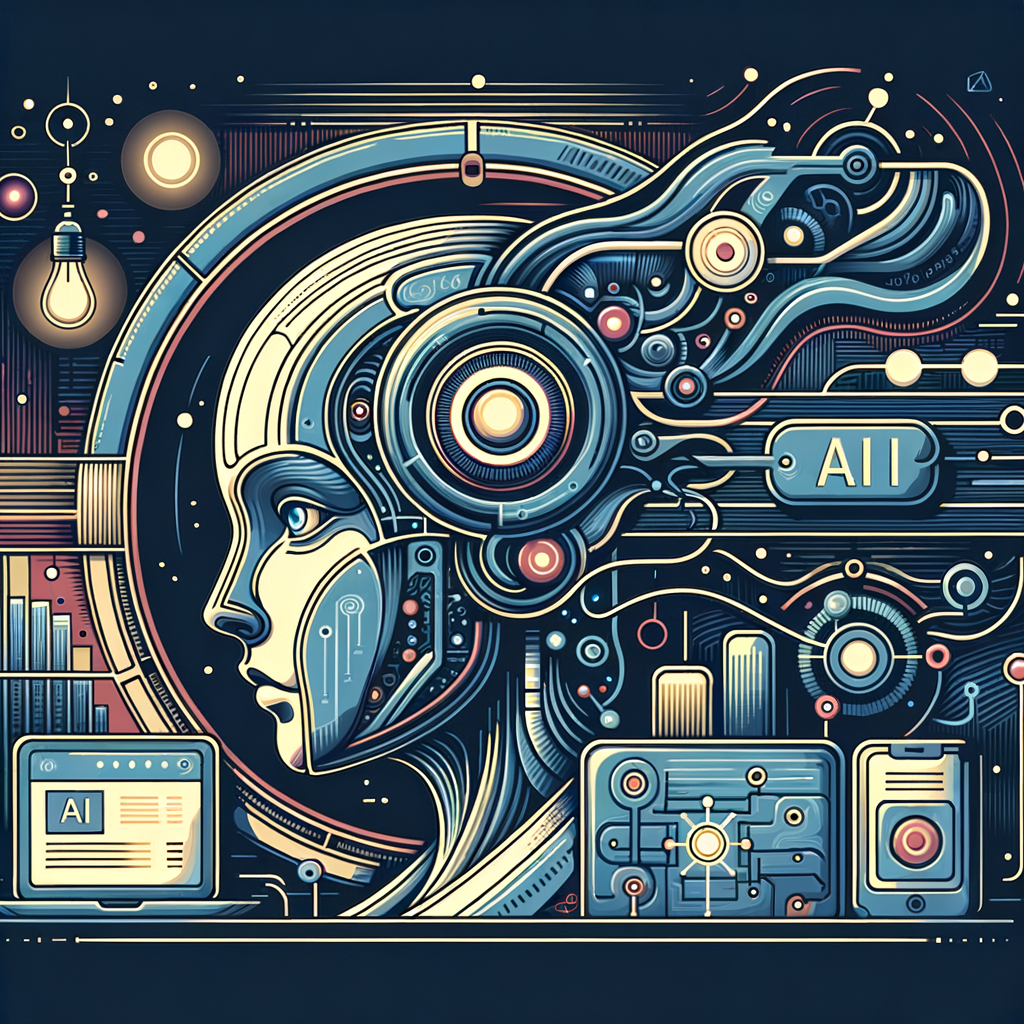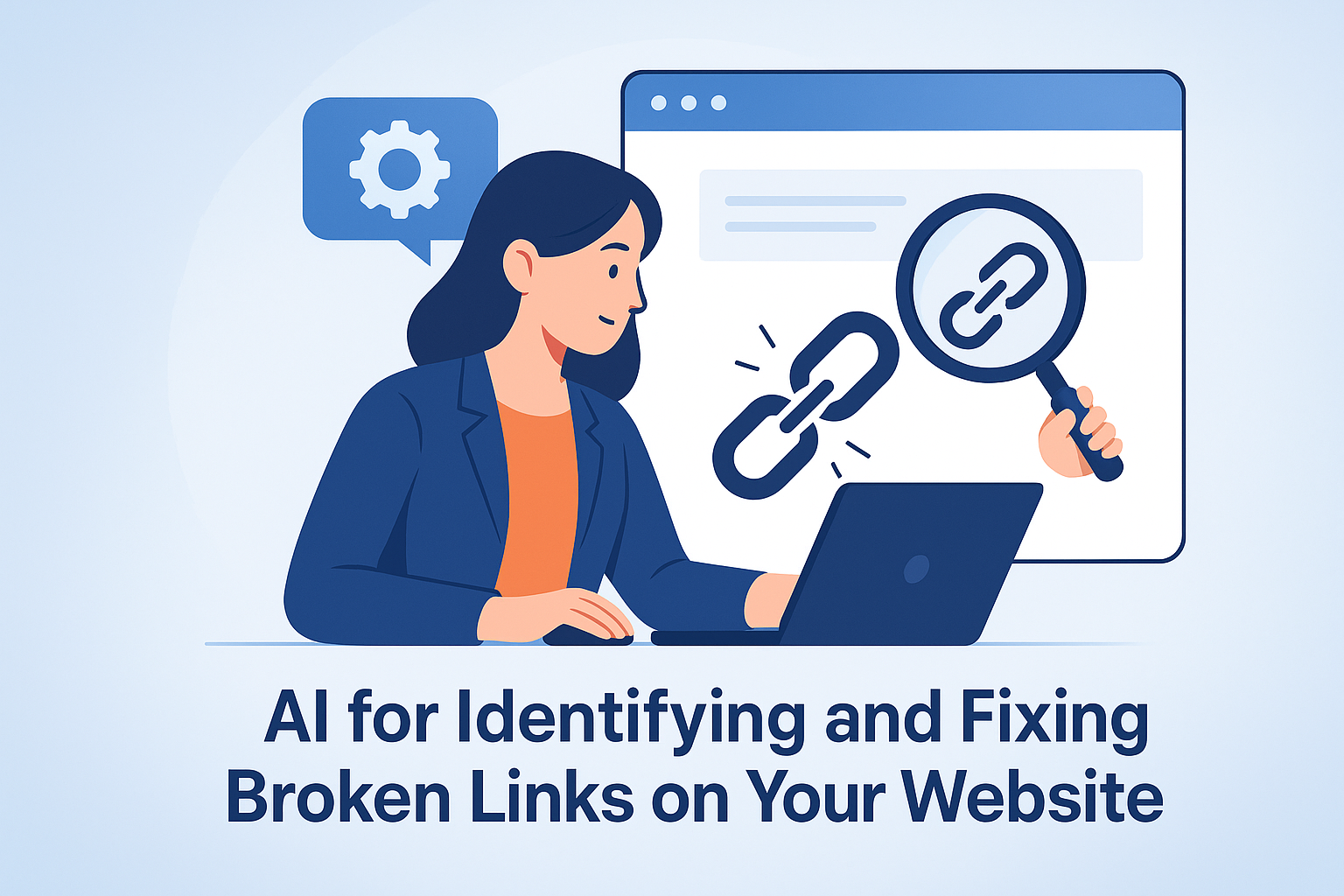A compelling call-to-action (CTA) can make or break your conversion strategy. Whether it’s a blog subscription, product purchase, lead form, or free trial, your CTA is the moment of truth where content turns into action.
But here’s the challenge: not all CTAs convert. And many underperform because they’re generic, misplaced, poorly worded, or not tailored to the user’s intent.
That’s where AI comes in.
In this guide, you’ll learn how to:
- Identify underperforming CTAs using DIYSEO GPT’s built-in prompts
- Rewrite and test conversion-focused CTAs using SEO AI Writer
- Leverage behavioral data from Google Search Console
- Promote optimized CTAs through targeted link-building with Link Marketplace
Let’s make your CTAs work smarter—automatically.
Why CTA Optimization Is a Critical Part of SEO and UX
CTAs are not just about design—they’re about alignment with user behavior and intent. Google rewards sites that meet user expectations with longer dwell time, lower bounce rates, and better engagement—all of which depend on having the right CTA in the right place at the right time.
Poor CTAs Lead To:
- Missed conversions
- Higher bounce rates
- Abandoned funnel flows
- Inefficient paid media ROI
- Lost revenue opportunities
AI solves this by removing guesswork and delivering optimized copy and placement recommendations based on real user data.
Step-by-Step: Using AI to Optimize CTAs
✅ Step 1: Identify Pages with Weak CTAs Using DIYSEO GPT
Start with the High Impression, Low CTR or Top Performing Pages prompts inside DIYSEO GPT.
These professionally written prompts analyze your Google Search Console data to surface:
- Pages with high visibility but poor engagement
- Posts where users drop off before converting
- Pages driving traffic but not leads or sales
Once you run a prompt, follow up in Chat History to ask:
“Which of these pages might benefit from a better CTA above the fold?”
Or:
“Which top-performing pages don’t have clear CTAs?”
DIYSEO GPT will help pinpoint where a CTA tweak or repositioning can lead to fast wins.
✅ Step 2: Use SEO AI Writer to Rewrite CTA Copy
Now that you’ve identified where to improve, use SEO AI Writer to rewrite and test CTA variants.
Prompt Example:
“Write 5 call-to-action buttons for a SaaS pricing page that increase urgency and conversion. Focus on free trials and value.”
AI Output:
- Start Your Free Trial – No Credit Card Required
- Try It Now – Boost SEO in 7 Days
- Get Instant Access – Limited Time Offer
- See DIYSEO in Action – Book Your Demo
- Join 10,000+ SEOs Using Smart AI Tools
You can also use the writer to generate micro-CTAs for blog footers, in-line buttons, or newsletter forms.
✅ Step 3: Test CTA Placement and Friction Points
Revisit DIYSEO GPT and run the Layout & Readability Review prompt to identify:
- CTAs that are too low on the page
- Buttons that are hard to tap on mobile
- Overuse of generic text like “Submit” or “Click Here”
- Forms with too many required fields
Ask:
“Are my CTAs visible above the fold on mobile and desktop?”
Or:
“Which of my service pages have CTAs that load too late or get ignored?”
DIYSEO GPT uses your GSC data and behavioral trends to deliver page-by-page UX insights.
✅ Step 4: Personalize CTAs Based on Intent
Use AI to personalize CTAs for different audience segments, content types, or funnel stages.
Examples:
| Context | CTA Example |
|---|---|
| Blog post for beginners | Download Our Beginner’s SEO Checklist |
| Feature comparison page | Try DIYSEO Free for 14 Days – No Risk |
| Returning visitors | Welcome Back – Pick Up Where You Left Off |
| Pricing page | Choose Your Plan – Scale SEO with AI |
Prompt SEO AI Writer:
“Write 3 CTAs for a comparison page that speak to cost-conscious small businesses.”
Pro Tips: What Makes a CTA Convert?
Use AI to test the following high-impact variables:
| Element | Test Strategy |
|---|---|
| CTA Copy | Vary length, tone, and urgency |
| Placement | Test above vs. below the fold, sticky vs. inline |
| Button Style | Consider mobile visibility and tap targets |
| Value Proposition | Lead with outcome, not feature |
| Social Proof | Add “Trusted by 10,000 SEOs” or testimonial quotes nearby |
AI helps you generate and test these options faster than traditional manual methods.
Promote CTA-Optimized Pages with Link Marketplace
Once you’ve optimized a CTA and seen improved engagement, use Link Marketplace to drive targeted traffic.
Strategy:
- Build backlinks to pages with high-converting CTAs
- Choose sites in your niche with engaged, action-oriented audiences
- Filter by TLD, language, Domain Authority, or traffic volume
- Promote landing pages, blog posts, or conversion-focused service pages
Example:
After adding a new “Start Free Trial” CTA to your AI SEO Tools page, go to Link Marketplace, filter by:
- Niche: SEO/Marketing
- DA: 40+
- Location: English-speaking markets
Place links that reinforce CTA visibility and bring motivated users directly to the offer.
CTA Optimization Workflow with DIYSEO
| Step | Tool | Task |
|---|---|---|
| Find underperforming pages | DIYSEO GPT – High Impression, Low CTR | Identify CTA update opportunities |
| Write CTA variants | SEO AI Writer | Generate 5+ button text or form hooks |
| Improve visibility | DIYSEO GPT – Layout & Readability Review | Ensure placement is mobile-first |
| Personalize CTA messaging | SEO AI Writer | Align CTAs to searcher or visitor type |
| Drive traffic to CTA | Link Marketplace | Build authority to optimized content |
Real-World Example: CTA Optimization Case Study
Problem:
A SaaS company had solid blog traffic but low trial sign-ups. Their CTAs were at the bottom of posts and used vague text like “Learn More.”
DIYSEO Fix:
- Ran High Impression, Low CTR prompt in DIYSEO GPT
- Used SEO AI Writer to write new button text with urgency and value:
- Get Instant Access to Our AI SEO Tools
- Start Your Free Trial – No Risk
- Ran Layout & Readability Review to test scroll depth and CTA visibility
- Added sticky mobile CTA bar
- Built 3 links from mid-funnel SEO blogs via Link Marketplace
Results:
- Trial sign-ups increased by 36%
- Mobile CTR on CTA rose by 54%
- Blog page session duration improved by 21%
Final Thoughts
CTAs are the final push between attention and action—and with AI, you can optimize every step with confidence and speed.
With the DIYSEO ecosystem, you can:
- Identify weak CTAs using real GSC behavioral data via GPT-powered prompts
- Write and test better copy instantly using SEO AI Writer
- Reinforce high-performing CTAs through targeted backlinks via Link Marketplace
Conversion is where SEO meets ROI. With AI, every CTA becomes a smarter, faster, higher-impact tool.
Frequently Asked Questions
1. What is the importance of call-to-actions (CTAs) in digital marketing?
Call-to-actions, or CTAs, are fundamental components in digital marketing strategies. They are strategically crafted prompts that encourage users to take specific actions, such as signing up for a newsletter, downloading a white paper, or making a purchase. An effectively designed CTA can significantly influence a customer’s journey through the conversion funnel, turning a casual visitor into a dedicated buyer. The impact of CTAs is rooted in their ability to guide users seamlessly toward a desired outcome, ultimately enhancing the user experience, boosting engagement, and increasing conversion rates. In the current digital landscape, where online interactions are prevalent, optimizing CTAs to capture user attention and drive action has become a pivotal focus for marketers aiming to achieve substantial results.
2. How can artificial intelligence (AI) be used to optimize CTAs for conversions?
Artificial intelligence is a game-changer when it comes to optimizing CTAs for conversions. AI brings a level of data analysis and adaptability that was previously unreachable, allowing marketers to craft CTAs that are not only appealing but also strategically effective. AI technologies can analyze vast amounts of data to understand user behavior patterns, preferences, and responses to different CTAs. This intelligence helps in creating personalized CTAs that resonate with users on an individual level. Furthermore, AI can perform A/B testing at a much faster pace, instantly adapting CTAs based on real-time feedback and optimizing them for better performance. By leveraging AI, marketers can ensure that their CTAs are not only eye-catching and well-timed but also precisely targeted to the right audience, maximizing the chances of conversion.
3. What are some examples of AI tools used for CTA optimization?
There are several AI-powered tools available that marketers can utilize to enhance their CTAs. One example is predictive analytics platforms that use machine learning algorithms to anticipate which CTAs will resonate best with specific audiences based on historical data. These tools can optimize timing, placement, and style of CTAs to ensure maximum engagement. Another example is personalization engines that tailor CTAs to individual user preferences, increasing relevance and likelihood of conversion. AI-driven A/B testing platforms can automatically test multiple CTA variations, learn from the results, and continuously refine the approach for better performance. Tools like Optimizely and Unbounce are popular among marketers for their ability to apply AI efficiently in testing and optimizing CTA strategies. Using these tools, marketers can effortlessly ensure their CTAs are both strategically sound and highly effective.
4. Can AI really make a significant difference in conversion rates through CTA optimization?
Absolutely, AI can make a dramatic difference in conversion rates by enhancing CTA optimization. The primary strength of AI lies in its ability to process and analyze complex data sets to derive actionable insights swiftly. This capability allows marketers to gain a deep understanding of their audience’s behavior and preferences, leading to more informed decisions about CTA design and placement. AI’s predictive capabilities enable the creation of CTAs that are not only appealing but also highly relevant to each individual user, thus increasing the likelihood of conversion. Furthermore, the real-time adaptability of AI allows for continuous optimization, ensuring CTAs remain effective amid changing consumer behaviors and market conditions. Businesses using AI to optimize their CTAs often report significant improvements in their conversion rates, as AI brings a level of personalization and precision that manual optimization cannot match.
5. Are there any challenges associated with using AI for CTA optimization?
While AI offers incredible potential for optimizing CTAs, there are some challenges that marketers might face. One of the main challenges is the initial implementation and integration of AI technologies into existing marketing systems. This process can be resource-intensive, requiring technical expertise and a clear strategic vision. Another challenge is ensuring data privacy and compliance with regulations, as AI relies heavily on data analytics. Proper data handling practices must be in place to protect user information. Additionally, there’s the ongoing need for analysis and maintenance, as AI models require continual fine-tuning to remain effective amid evolving customer preferences. Finally, there’s the potential for over-reliance on AI, which might lead marketers to overlook the importance of creativity and human insight in crafting compelling CTAs. Balancing AI capabilities with human expertise is critical in leveraging its full potential without compromising on the unique values humans bring to marketing.



